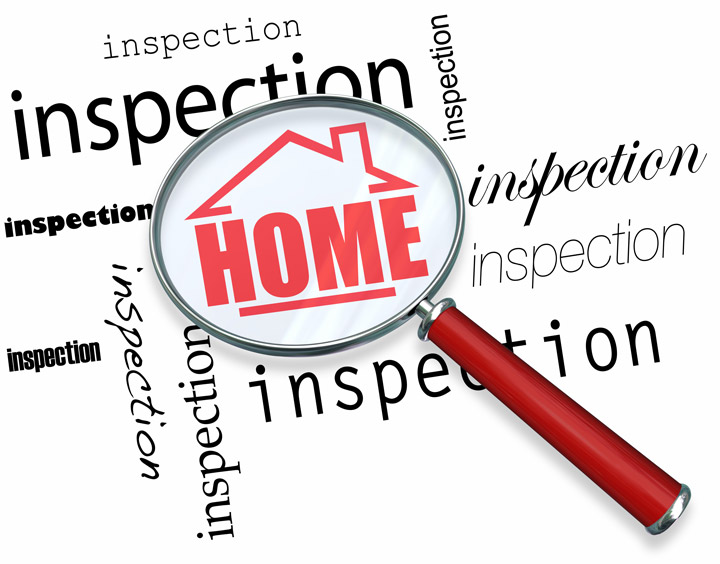
Comprehending AppraisalsAcquiring real estate is the largest financial decision most people might ever make. Whether it's where you raise your family, a seasonal vacation home or an investment, purchasing real property is a complex transaction that requires multiple people working in concert to pull it all off. The majority of the participants are quite familiar. The most familiar entity in the transaction is the real estate agent. Then, the bank provides the money required to bankroll the transaction. And the title company sees to it that all aspects of the transaction are completed and that the title is clear to pass from the seller to the buyer. So, what party makes sure the value of the property is consistent with the amount being paid? In comes the appraiser. We provide an unbiased opinion of what a buyer might expect to pay — or a seller receive — for a parcel of real estate, where both buyer and seller are informed parties. A licensed, certified, professional appraiser from Bradshaw Appraisal will ensure, you as an interested party, are informed. The inspection is where an appraisal beginsOur first task at Bradshaw Appraisal is to inspect the property to determine its true status. We must actually see aspects of the property, such as the number of bedrooms and bathrooms, the location, amenities, etc., to ensure they truly exist and are in the shape a reasonable person would expect them to be. To ensure the stated size of the property has not been misrepresented and describe the layout of the property, the inspection often entails creating a sketch of the floorplan. Most importantly, we identify any obvious features - or defects - that would affect the value of the property. Back at the office, an appraiser uses two or three approaches to determining the value of real property: a sales comparison, a replacement cost calculation, and an income approach when rental properties are prevalent. 
Cost ApproachHere, we use information on local construction costs, labor rates and other elements to calculate how much it would cost to build a property nearly identical to the one being appraised. This estimate usually sets the upper limit on what a property would sell for. The cost approach is also the least used method. 
Sales ComparisonAppraisers are intimately familiar with the subdivisions in which they appraise. They thoroughly understand the value of particular features to the homeowners of that area. Then, the appraiser researches recent transactions in the vicinity and finds properties which are 'comparable' to the subject being appraised. Using knowledge of the value of certain items such as square footage, extra bathrooms, hardwood floors, fireplaces or view lots (just to name a few), we add or subtract from each comparable's sales price so that they are more accurately in line with the features of subject.
An opinion of what the subject could sell for can only be determined once all differences between the comps and the subject have been evaluated. When it comes to associating a value with features of homes in South Jordan and Salt Lake, Bradshaw Appraisal can't be beat. The sales comparison approach to value is usually awarded the most consideration when an appraisal is for a real estate sale. Valuation Using the Income ApproachIn the case of income producing properties - rental houses for example - we may use an additional method of valuing a property. In this case, the amount of income the real estate produces is taken into consideration along with income produced by similar properties to derive the current value. Arriving at a Value ConclusionExamining the data from all approaches, the appraiser is then ready to put down an estimated market value for the subject property. The estimate of value at the bottom of the appraisal report is not necessarily the final sales price even though it is likely the best indication of a property's valueThere are always mitigating factors such as the seller's desire to get out of the property, urgency or 'bidding wars' that may adjust an offer or listing price up or down. But the appraised value is often employed as a guideline for lenders who don't want to loan a buyer more money than they could get back in case they had to put the property on the market again. At the end of the day, an appraiser from Bradshaw Appraisal will help you get the most accurate property value, so you can make wise real estate decisions. |